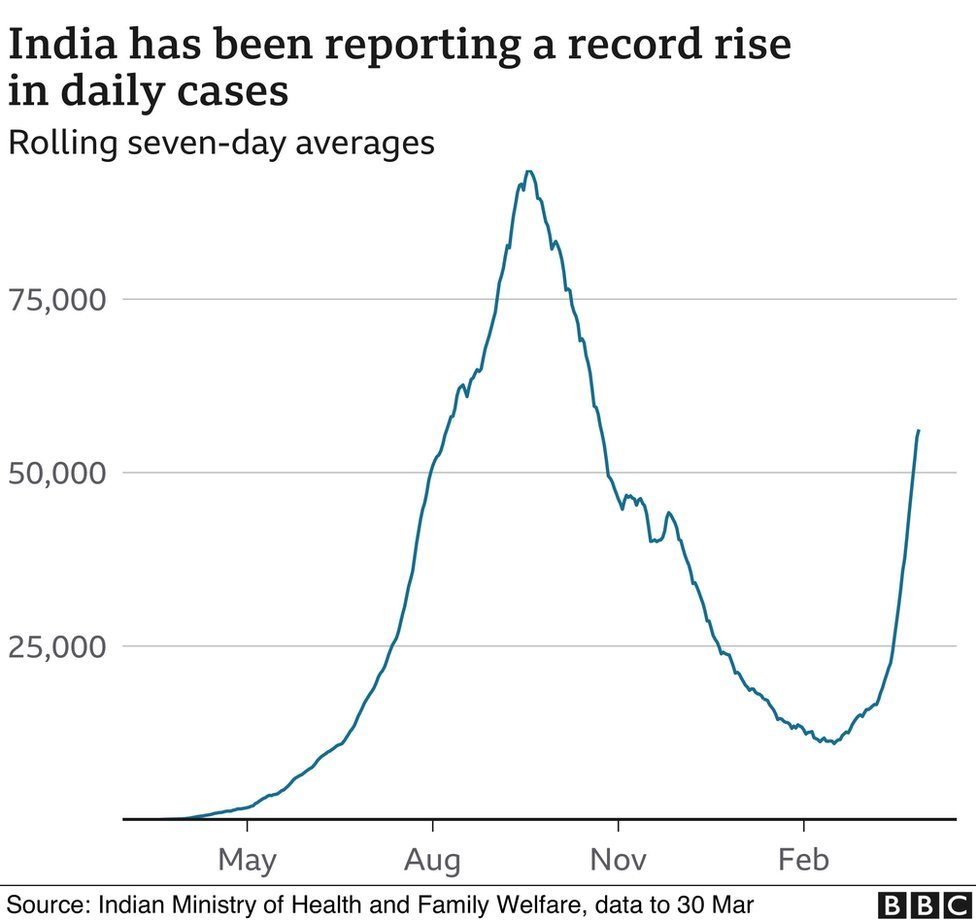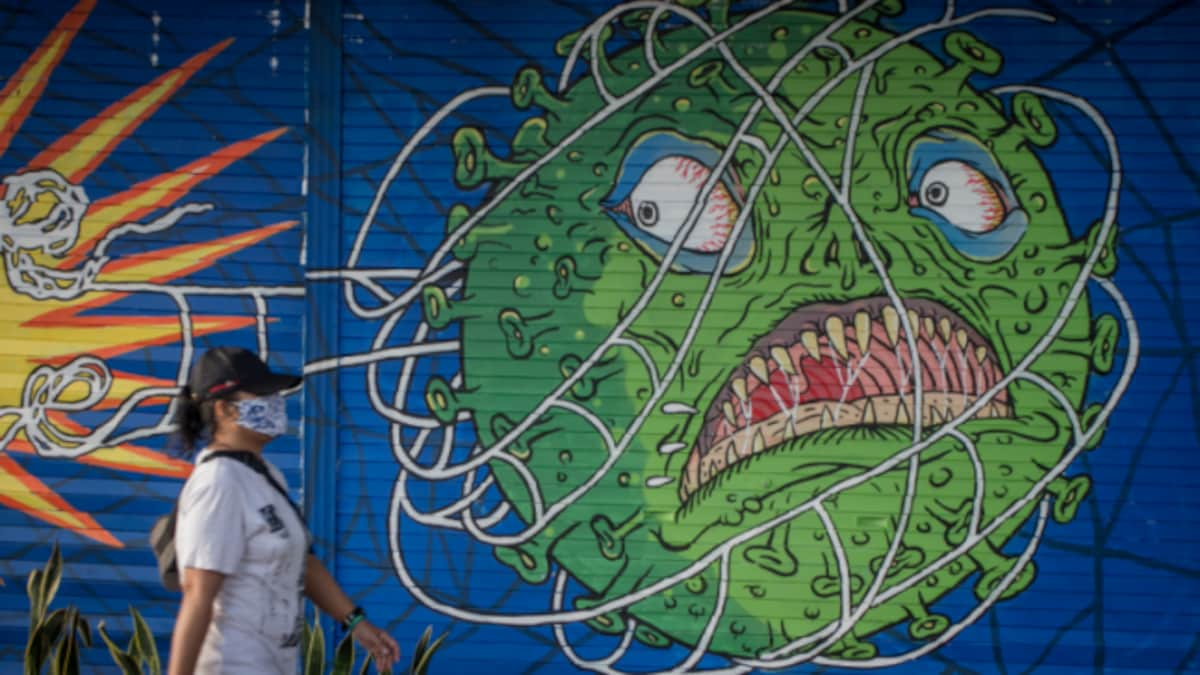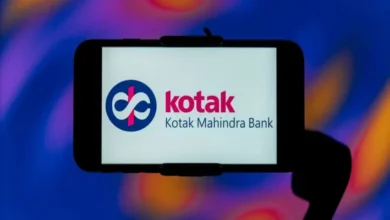
Even though the second wave has lessened, the presence of the Delta variant and the consequent mutations of the coronavirus make the third wave a real risk for the country. The third wave risks are real. Economic activity has improved consecutively for the seventh week in a row. Many states are easing restrictions of the lockdown. According to reports, the pace of vaccination has caught up to below 3.4 million doses per day. Still, only 45 percent of vaccines are injected into the rural parts of the country.
India vaccinated about 1 million people to date. With slow rate of the vaccination and states quarreling with the Centre over the supply of vaccines. The Centre has mentioned it clearly that they are already producing and supplying enough vaccines every day. But the stocks are unutilised, and the states do not seem to be distributing information and vaccines properly to the people.
After a considerable discussion and debate between ministers all over India, the Health Secretary said that few states performing are poorly performing to build up the vaccination. Fifteen states and UTs were a part of the meeting. Serum Institute of India and Bharat Biotech were also a part of this meeting. One of the critical problems that every state mentioned was delayed payments.
 Amid fears of the third wave of the coronavirus (Covid-19) are emerging. Such problems should be sorted out at the earliest. As a result, Prime Minister Narendra Modi recalled that avoiding the third wave is entirely in our hands and saves the long run. Vaccination is that the sole key to the current.
Amid fears of the third wave of the coronavirus (Covid-19) are emerging. Such problems should be sorted out at the earliest. As a result, Prime Minister Narendra Modi recalled that avoiding the third wave is entirely in our hands and saves the long run. Vaccination is that the sole key to the current.
If we do not immunize enough Indians, we will push India into the third wave COVID-19 badly. This would once again affect the economy of the country. Twenty percent of the bigger states and districts are accounting for many of the daily cases. Wherever the second wave of Covid-19 has not lessened, the third wave has already set firmly in. The figure was just five percent even a month before.
On the other hand, economic pointers are coming to a normal state, but very slowly. The railways and domestic airline traveler traffic have improved within the country, but toll collections have decreased for few weeks. To boot, where power supply-demand rose by 11 percent due to summer, railway transport has been restored by just 1.9 percent in few weeks.
India witnessed a sudden increase in the daily Covid-19 cases with a total of forty 1,806 patients within the last twenty-four hours. According to the Union ministry of health and family welfare (MoHFW) information, the daily case calculation was right down to 31,443. If we see the vaccination rate, 39,13,40,491 doses against Covid-19 have to this point been given in the country, with 34,97,058 folks receiving the jabs within the previous twenty-four hours.

World Health Organization Towards the Third Wave
The World Health Organization (WHO) director-general Tedros Adhanom Ghebreyesus claimed that the Covid-19 pandemic is currently within the “early stages” of the third wave. The Delta variant is currently in more than 111 countries, and that we expect it to presently be the dominant Covid-19 strain current worldwide if it is not already.
Amongst the fifty-one Delta Plus and cases, Maharashtra once again has the most cases. The state is followed by Madhya Pradesh with seven cases, Punjab and Gujarat with two cases each, and one case in Odisha, Jammu and Kashmir, Rajasthan, and Karnataka. Tamil Nadu has rumoured to have more than 9 Delta Plus cases, being the worst-affected among all southern states, together with Kerala, which has three such cases.
Due to the sudden increase of cases because of the Delta Plus variant, many states have either brought back Covid-19 restrictions or extended lockdown to prevent it. Maharashtra has reduced its relaxations from ‘level five’ to ‘level three,’ thereby permitting malls and outlets in the city-Pune, Thane, etc. They can open until 4 pm as opposed to regular timings earlier.
 Tedros Adhanom Ghebreyesus said that the globe is within the ‘early stages’ of COVID-19 third wave as cases of Delta variant surge. Unfortunately, India is currently within the early stages of a third wave. Tedros added that the Covid-19 virus is constantly evolving, leading to more transmissible variants. The Delta variant is currently in 111 countries and counting.
Tedros Adhanom Ghebreyesus said that the globe is within the ‘early stages’ of COVID-19 third wave as cases of Delta variant surge. Unfortunately, India is currently within the early stages of a third wave. Tedros added that the Covid-19 virus is constantly evolving, leading to more transmissible variants. The Delta variant is currently in 111 countries and counting.
WHO recalls the sustained decline in COVID-19 cases and deaths that was being driven. In recent months, by increasing vaccination rates in Europe and North America, the cases sharply declined in these countries and are currently considered “out of danger.”Last week marked the fourth consecutive week of rising cases of COVID-19 globally, along with an increase recorded together. Deaths are rising once more. In fact, for the first time, the spread is more than the previous waves.
Tedros called out the Emergency Committee on COVID-19’s attention to the continued “shocking disparity” within the international distribution of vaccines. There have been several unequal access to life-saving tools, according to the WHO news. The transmissible versions of Covid-19 might emerge, and “coupled with the comfort and inappropriate use of public health and social measures, enlarging social quality,” varied countries would see higher cases, hospitalizations, and deaths.
The organization acknowledged several countries are currently facing “considerable pressure” to elevate all remaining Covid-19 restrictions. They warned that “improper designing or assessment of the chance of transmission throughout any gathering or travel provides a chance for the virus to spread,” which is still a significant issue in India. He is concerned that inequity has created a two-track pandemic – particularly, one track for countries with the best access to vaccines. These countries lift restrictions and reopen their societies and a second track for those without any vaccines access. These countries are left “at the mercy of the virus.”
Tedros reiterated WHO’s interest in a vast push to immunize a minimum of ten percent of the population of all countries latest by September. A minimum of forty percent by the end of 2021 and a minimum of seventy percent by mid-2022.

Will the Third Wave be Less Severe than the Second?
Covid-19’s third wave could hit India by the August beginning. But according to the latest researches, the third wave wont be as deadly. According to Dr. Samiran Panda, one of the top doctors in India, there would be a nationwide third wave, but that does not mean that it might be as high or as intense because the second wave. He listed four things that might result in the third wave of Covid-19, which includes low immunity among the people against the coronavirus. If the immunity goes down, it may lead to a third wave.
According to Panda, there may be another variant of the coronavirus which will pass the resistance. The Covid-19 third wave may even be caused by the premature easing of the Covid-19 lockdown in major states. However, it is painful to notice that during this crucial time, when all must work to mitigate the third wave, people and the government are still not concerned about the after-effects in different parts of the country. They prefer mass gatherings over social distancing and do not want to follow the restrictions and guidelines.
Edited by Aishwarya Ingle




